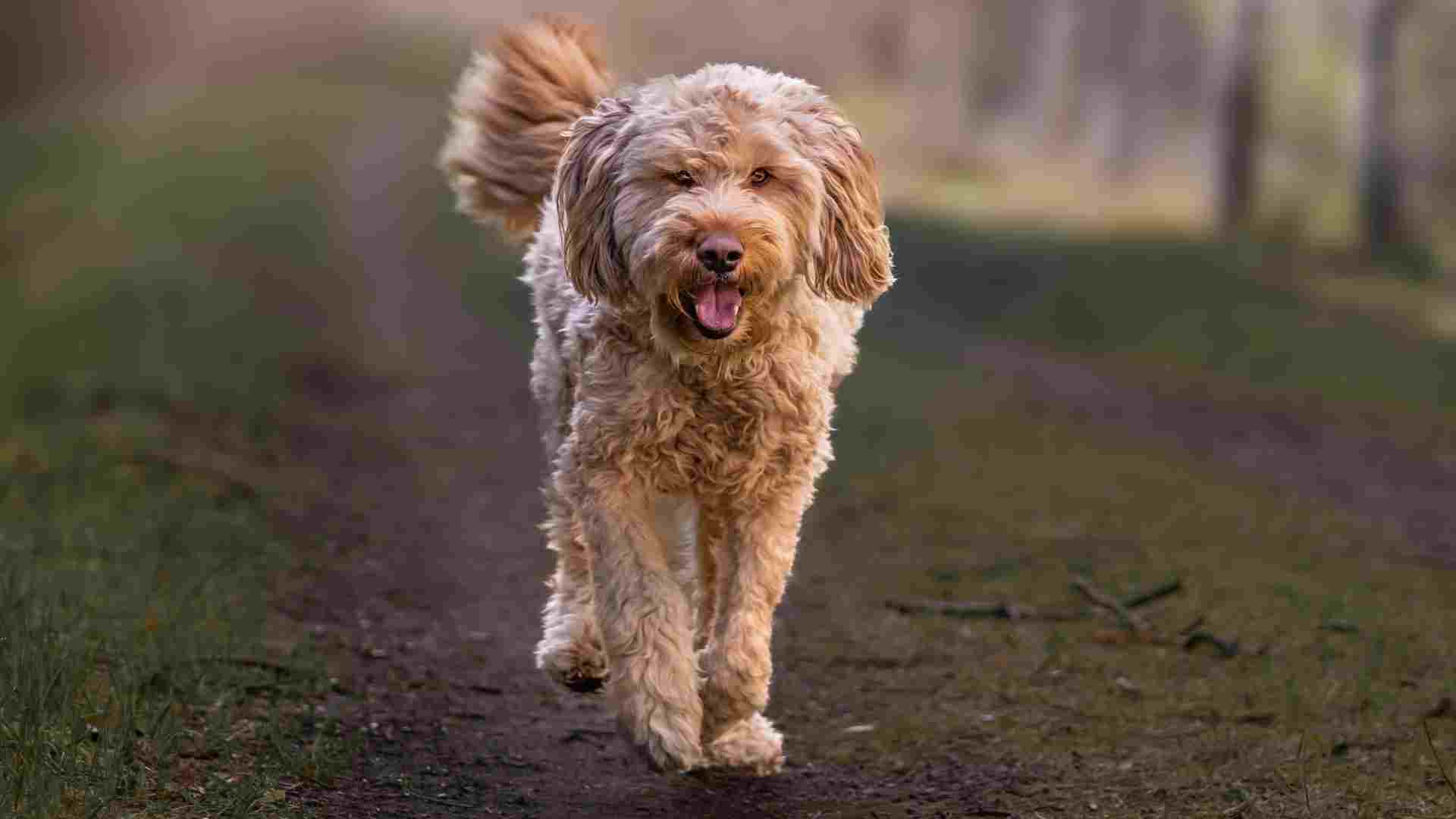What’s the rarest dog you’ve never heard of? While popular breeds fill parks and living rooms, a few others live quietly in remote villages, on isolated islands, or in the care of dedicated breeders across the world. These dogs aren’t just uncommon, they’re nearly unknown, even to seasoned dog lovers.
Rare breeds often come with extraordinary backgrounds: some were bred for ancient royal courts, others for guarding livestock in extreme climates. Many have traits you won’t find in mainstream breeds, from unusual coats to distinct temperaments shaped by centuries of isolation or specialized work. Their numbers are low, but their stories are rich.
Owning one of these dogs isn’t about status, it’s about preserving history, culture, and diversity in the canine world.
In this article, we explore a selection of truly rare breeds that offer something different. If you’re searching for a dog with a story and standout character, these breeds deserve a closer look.
Rarest Dog Breeds
1. Catalburun
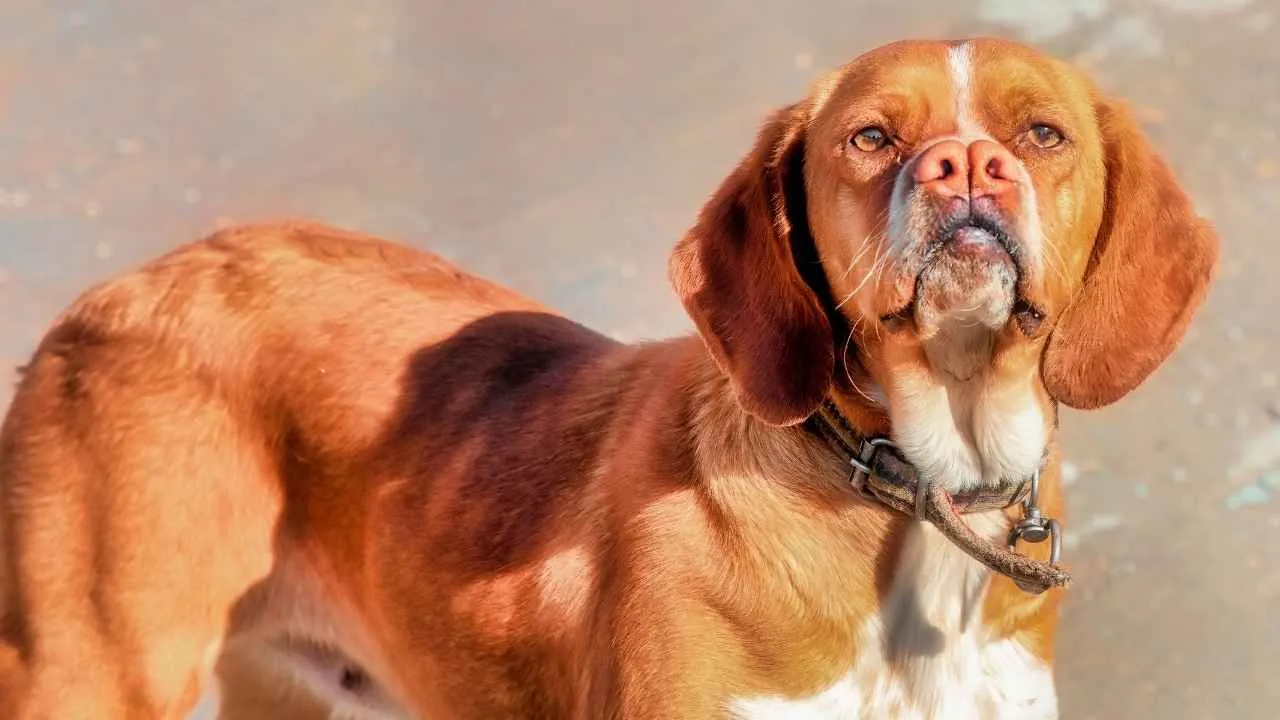
Breed Profile
Size: Medium
Temperament: Intelligent, devoted, independent
Origin: Turkey
The Catalburun is one of the rarest dog breeds in the world, known primarily for its split or “double” nose. Native to the Tarsus region of Turkey, this breed is nearly unheard of outside its homeland. Historically used as a hunting dog, especially for upland game birds, the Catalburun’s distinct nasal structure is believed to enhance its scenting ability.
Physically, it is medium-sized, muscular, and athletic, built for stamina rather than speed. It has a calm demeanor at home but demonstrates intense focus and drive when working.
While it is loyal and forms strong bonds with its handler, it can be wary of strangers and aloof in unfamiliar situations. Early socialization and firm, consistent training are necessary to keep its independent streak manageable.
The short, dense coat is easy to care for, requiring only basic grooming. Daily exercise is essential, preferably in a secure space where it can run and track.
This breed is generally healthy but may be prone to conditions like hip dysplasia. The Catalburun is a devoted working dog with a unique appearance and strong instincts, best suited for experienced owners who appreciate its rare heritage.
2. Azawakh
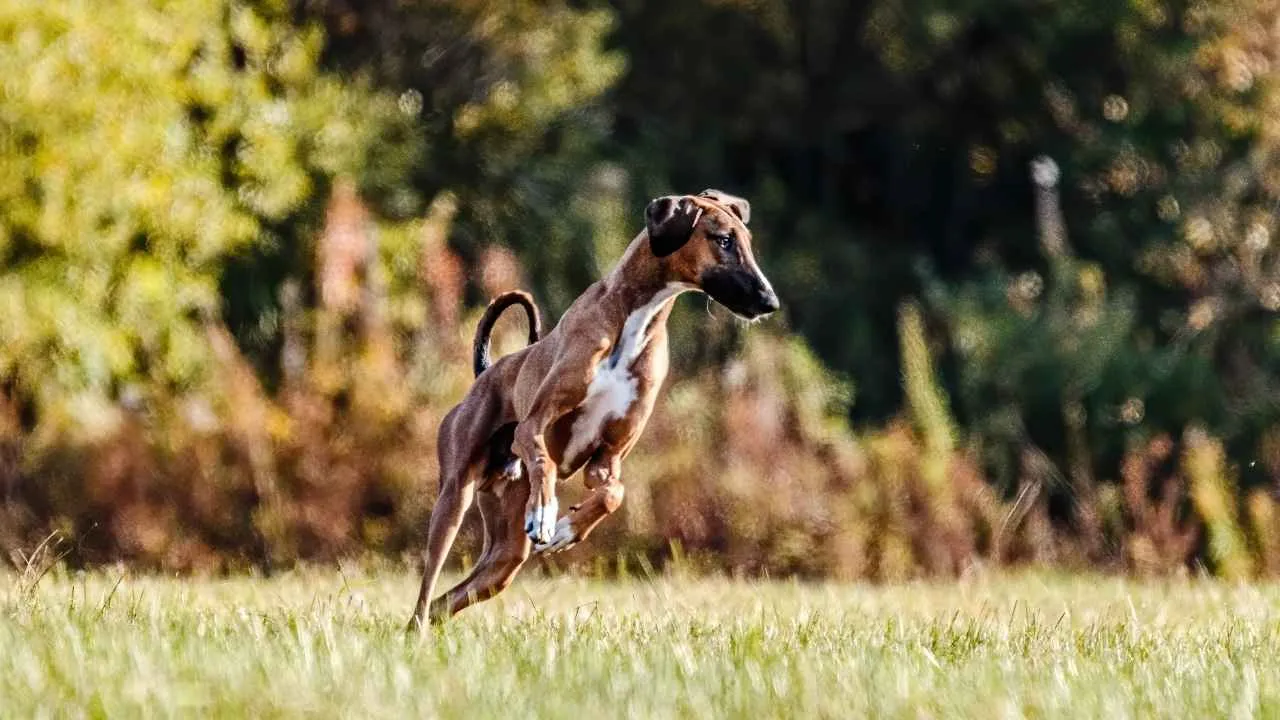
Breed Profile
Size: Medium
Temperament: Reserved, loyal, protective
Origin: West Africa (Sahel region)
The Azawakh is a rare sighthound developed by nomadic tribes in the Sahel region of West Africa. Bred to guard livestock and hunt gazelle across vast desert landscapes, it is built for endurance and speed. The breed is tall, lean, and elegant, with defined muscle tone and a distinctive narrow frame.
Azawakhs are independent and reserved with strangers but form deep bonds with their owners. Their guarding instinct remains strong, and they are alert, vocal, and protective of their home.
They are not ideal for novice owners, as their aloof nature and intelligence require thoughtful, firm handling and early socialization.
They need daily exercise in a secure space and are not suited to leash-only routines. Indoors, they are quiet and low-key, often choosing to rest near their people.
The coat is extremely short and requires minimal grooming but offers little insulation, making them sensitive to cold climates.
As noted by AKC, the Azawakh is one of the rarest breeds in the U.S., valued for its striking appearance, ancient lineage, and strong loyalty. Owners must be committed to ongoing socialization and structured activity to manage this breed’s sensitive yet protective nature.
3. Telomian
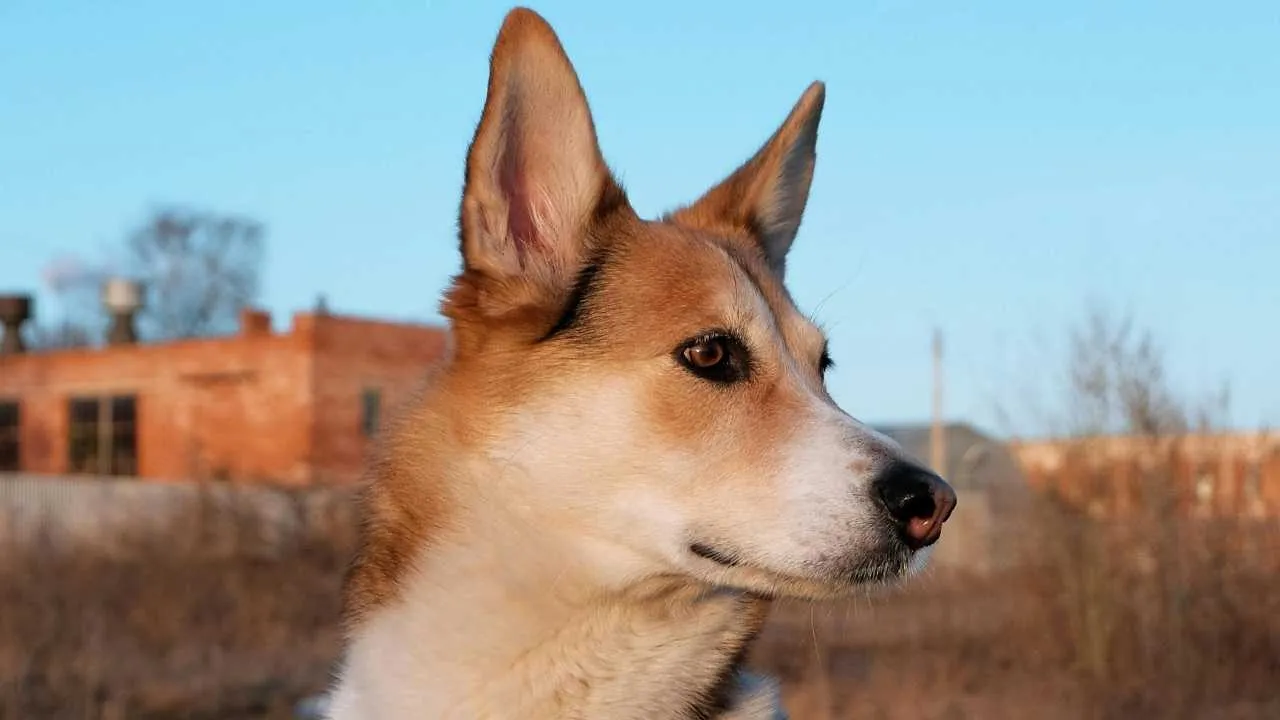
Breed Profile
Size: Small to Medium
Temperament: Alert, agile, independent
Origin: Malaysia
The Telomian is a rare breed native to Malaysia, originally kept by the indigenous Orang Asli people. Isolated for generations in remote jungle villages, it was used for guarding homes and controlling vermin. It’s best known for its ability to climb, a trait developed from living in houses built on stilts.
Compact and athletic, the Telomian has a short coat, upright ears, and a curled tail. It is naturally clean, intelligent, and highly alert. The breed tends to be cautious with strangers but loyal to its family. It’s not aggressive but can be territorial without training.
Telomians are highly agile and require regular exercise and mental engagement. Their independence means training must be consistent and reward-based.
While they do well in homes with space to roam, they can adapt to structured environments with proper outlets for energy.
The breed is extremely rare outside Malaysia and has never gained widespread recognition. It remains largely unknown to the international dog community.
The Telomian is unique in both behavior and origin, offering a glimpse into a primitive and self-sufficient breed developed outside the mainstream dog breeding world.
4. Karelian Bear Dog
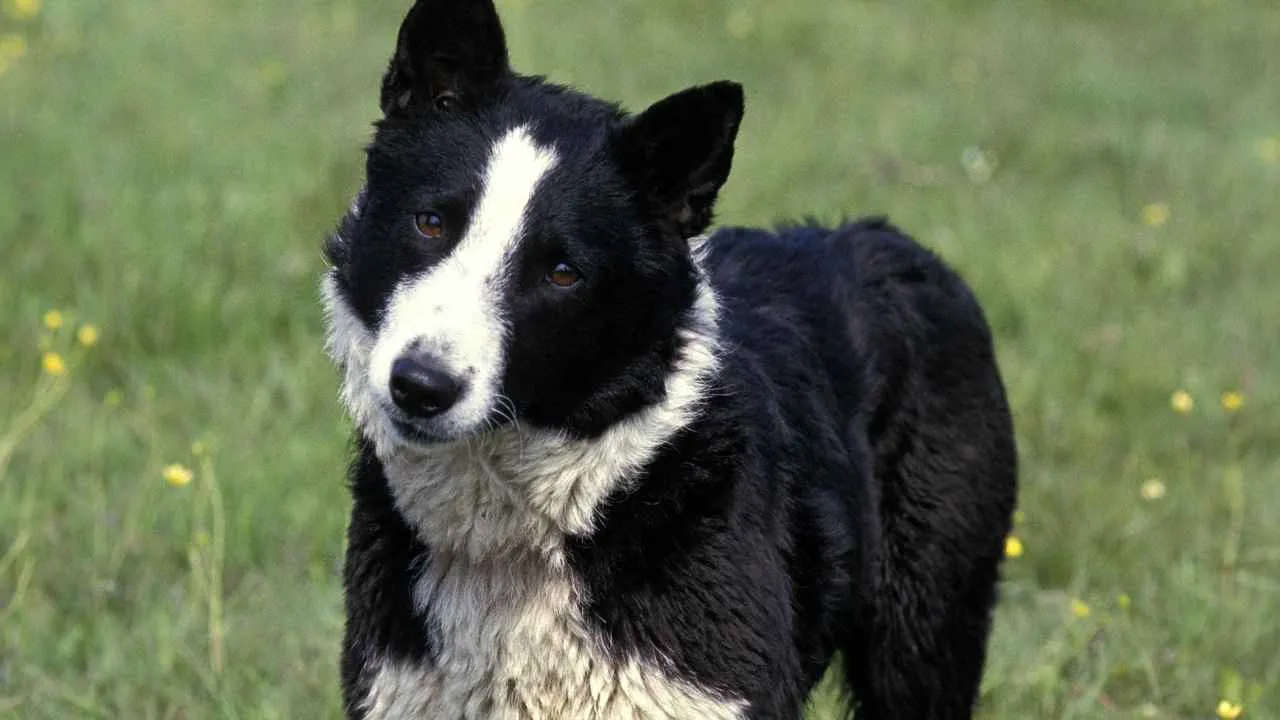
Breed Profile
Size: Medium
Temperament: Brave, alert, determined
Origin: Finland
The Karelian Bear Dog is a rare Finnish breed developed for hunting large game, including moose and bear. It is renowned for its courage and tenacity, capable of tracking, cornering, and holding prey without backing down. Though primarily used by hunters and wildlife officials, it has found limited roles in specialized conservation work due to its fearless nature.
Physically, it is compact and muscular with a dense, weather-resistant black-and-white coat. This breed is extremely alert and highly territorial, often making it unsuitable for urban settings or novice dog owners. It tends to bond closely with one or two people and requires consistent, firm leadership from an experienced handler.
Training must begin early, focusing on socialization and impulse control. The Karelian Bear Dog has a strong prey drive and should never be trusted off-leash in unsecured areas. Daily exercise is essential, ideally in the form of tracking or field work.

As described by PetMD, this breed is intelligent, independent, and excels in roles where focus and fearlessness are required. While not a typical household pet, it can be a valuable working dog in the right environment.
5. Thai Ridgeback
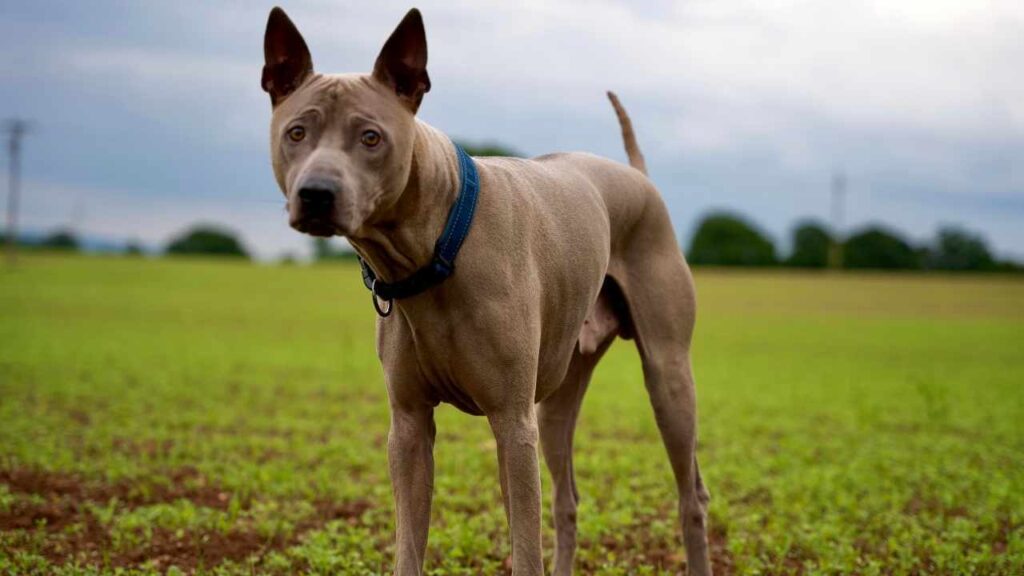
Breed Profile
Size: Medium
Temperament: Protective, intelligent, independent
Origin: Thailand
The Thai Ridgeback is a rare and ancient breed that developed naturally in eastern Thailand. Originally used for guarding, hunting, and pulling carts, it remained largely unknown outside its homeland until recent decades. Its most distinctive feature is the ridge of hair along its back growing in the opposite direction, a trait shared by only a few breeds worldwide.
This dog is strong, athletic, and highly territorial. It is loyal to its family but reserved and often suspicious of strangers.
The breed’s independence can make training a challenge, requiring early socialization and firm, consistent leadership. Without proper handling, it may become difficult to manage.
Thai Ridgebacks are clean and relatively low-maintenance. Their short, smooth coat sheds minimally and needs only occasional brushing. They are highly active and need space to run and regular physical stimulation to stay balanced.
Due to their rarity, finding a well-bred Thai Ridgeback can be difficult. This breed is best suited for experienced owners who want a devoted but strong-willed companion. It does not adapt well to confinement or passive households and thrives in environments that offer structure, activity, and space.
6. Norwegian Lundehund
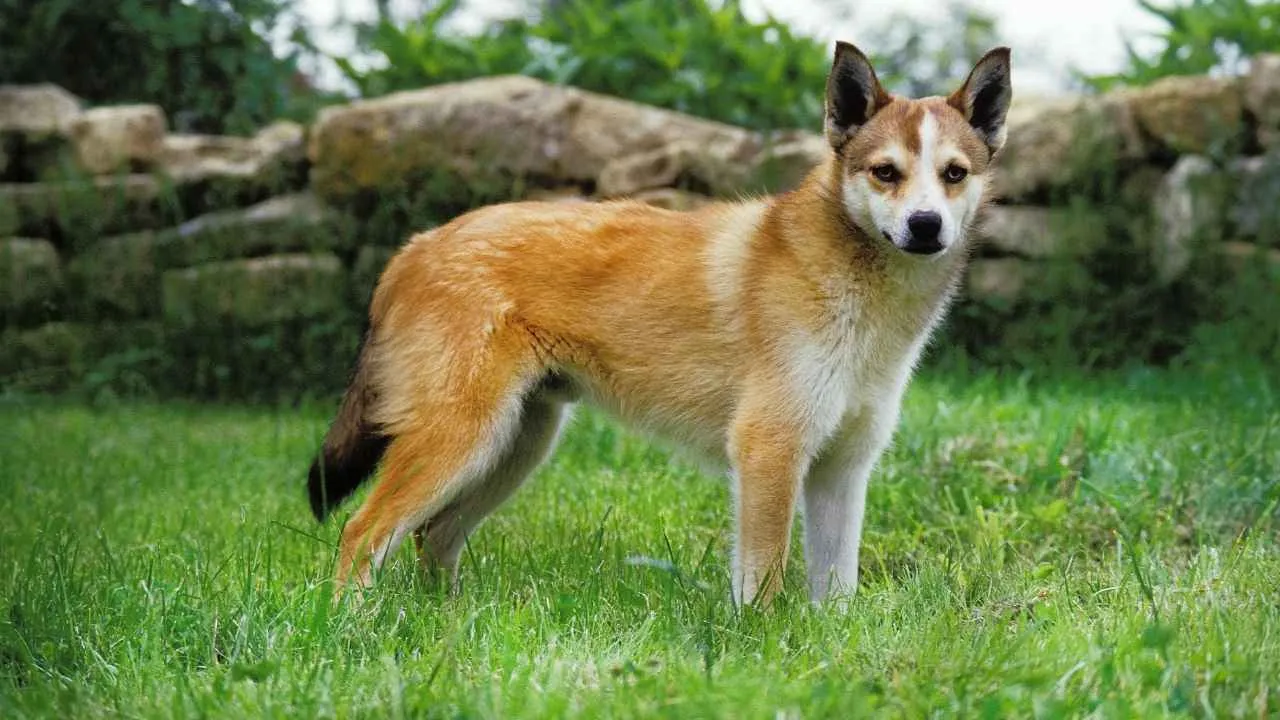
Breed Profile
Size: Small
Temperament: Alert, curious, flexible
Origin: Norway
The Norwegian Lundehund is one of the rarest and most biologically unique dog breeds in the world. Originally bred to hunt puffins along the steep cliffs of Norway’s coast, it has remarkable physical traits: six toes on each foot, flexible joints, and ears that can close to block debris. These features gave it the agility and protection needed for navigating narrow crevices and sharp terrain.
This breed is small, lightweight, and quick, with a dense coat suited to harsh coastal climates. It is alert and curious but can also be wary of strangers. Lundehunds tend to be independent and may be stubborn, which can complicate training without early, structured guidance.
They require regular mental and physical stimulation, ideally in open areas where they can explore. They’re playful and sociable but may not respond well to forceful training or chaotic environments.
Lundehunds are prone to a specific gastrointestinal disorder that requires lifelong dietary management. This breed is best for dedicated owners who value rare traits and are prepared for its unique care needs.
7. Otterhound
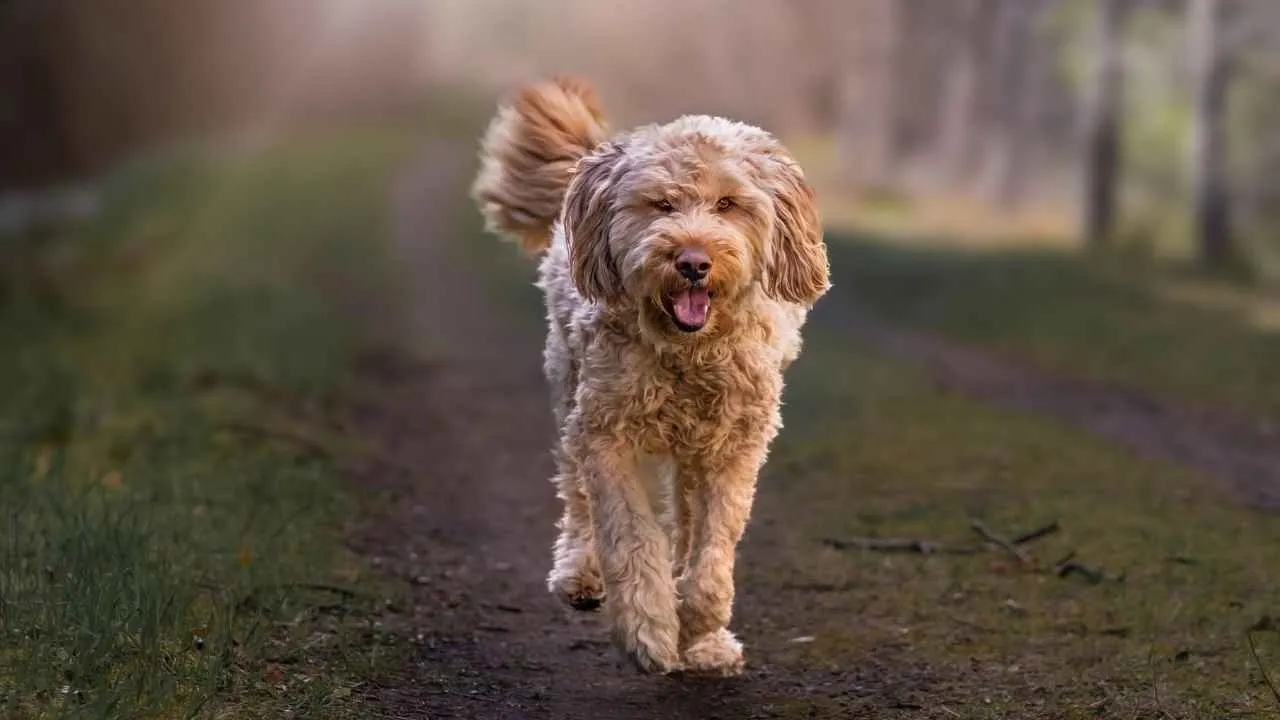
Breed Profile
Size: Large
Temperament: Friendly, independent, energetic
Origin: United Kingdom
The Otterhound is one of the rarest hound breeds, developed in medieval England to hunt otters in rivers and lakes. Its strong build, webbed feet, and water-resistant double coat made it ideal for working in cold, wet conditions. Today, it is more likely to be found in conservation-focused breeding programs than in homes.
Otterhounds are large and powerful, with deep chests, large noses, and a distinctive beard. They have a loud bay and a strong scenting ability, traits that made them effective trackers. While friendly and good-natured with people and other dogs, they are independent and sometimes stubborn.
This breed needs daily exercise and access to outdoor space. It thrives on long walks and activities that tap into its tracking instincts. The thick coat requires regular grooming to prevent matting, especially after time outdoors.
The Otterhound is best suited to experienced owners who can manage its size, energy, and grooming needs. It is not a good fit for small homes or sedentary lifestyles.
Conclusion
Rare dog breeds often reflect centuries of adaptation to specific environments, roles, and human needs. From the split-nose tracking skills of the Catalburun to the otter hunting background of the Otterhound, each breed brings unique characteristics shaped by function and geography. Breeds like the Azawakh, a West African sighthound, and the Telomian, developed for hunting small game, highlight how natural selection and human partnership can create highly specialized, loyal companions.
Some rare breeds, such as the Norwegian Lundehund, show extreme physical adaptations like extra toes and erect ears for climbing cliffs, while others like the Thai Ridgeback stand out for their independent nature and hair growing patterns along the spine. Many require mental stimulation, ample exercise, and experienced handling due to strong hunting instincts or high energy levels.
Other lesser-known rare breeds include the New Guinea Singing Dog with its unique vocalization, the Canaan Dog, the Cesky Terrier, the Carolina Dog (often called the American Dingo), and the Peruvian Inca Orchid. Breeds like the Tibetan Mastiff, Swedish Vallhund, and Chinook—New Hampshire’s official state dog—also remain uncommon outside their home regions. Whether developed hunting, herding, or companionship, these dogs are rich in history and deserve recognition beyond their rarity.


